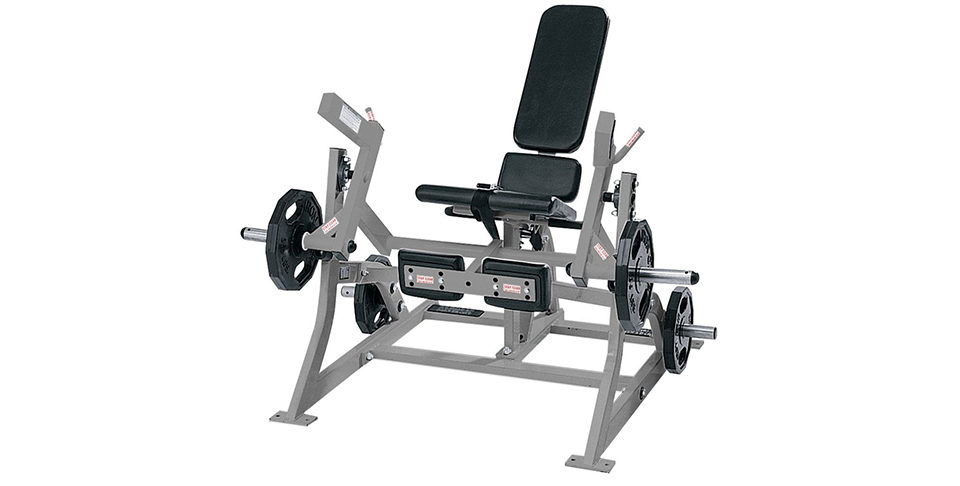
Your Perfect Workout Program
Crafting Your Perfect Workout Program: A Comprehensive Guide Embarking on a fitness journey can be exhilarating, but it’s essential to have a structured workout program to guide your efforts effectively. A well-designed workout program not only helps you achieve your fitness goals efficiently but also ensures that you stay motivated and avoid burnout. In this article, we’ll explore the key components of creating a personalized workout program tailored to your goals, preferences, and fitness level. 1. Set Clear Goals: Before diving into creating a workout program, it’s crucial to define your fitness goals. Whether you’re aiming to build muscle, lose weight, improve cardiovascular health, increase strength, or enhance athletic performance, having clear objectives will inform the structure and focus of your workouts. Be specific about what you want to achieve and set realistic, measurable goals that you can track over time. 2. Assess Your Fitness Level: Understanding your current fitness level is essential for designing a workout program that is challenging yet achievable. Assess your strength, endurance, flexibility, and cardiovascular fitness through simple tests or evaluations. This will help you determine where you’re starting from and identify areas for improvement. Consider consulting with a fitness professional or personal trainer to conduct a comprehensive fitness assessment and provide personalized recommendations. 3. Choose the Right Exercises: Selecting the appropriate exercises is key to targeting specific muscle groups, improving functional movement patterns, and addressing your fitness goals. Incorporate a variety of exercises that focus on strength, cardiovascular endurance, flexibility, and balance. Include compound movements such as squats, deadlifts, lunges, push-ups, and rows to engage multiple muscle groups simultaneously and maximize efficiency. Additionally, integrate isolation exercises to target individual muscles and address any imbalances or weaknesses. 4. Determine Training Frequency and Volume: The frequency and volume of your workouts will depend on your goals, schedule, and recovery capacity. Aim for consistency by scheduling workouts on specific days of the week and allocating sufficient time for recovery between sessions. Beginners may start with 2-3 full-body workouts per week, while more experienced individuals may opt for a split routine targeting different muscle groups on different days. Gradually increase training volume over time as your fitness level improves, but be mindful of avoiding overtraining and burnout. 5. Prioritize Progressive Overload: Progressive overload is the principle of gradually increasing the intensity, volume, or resistance of your workouts over time to stimulate muscle growth and adaptation. Incorporate progressive overload into your workout program by adjusting variables such as weight, repetitions, sets, tempo, rest periods, and exercise complexity. Keep track of your progress and strive to challenge yourself with each workout, whether it’s lifting heavier weights, performing more repetitions, or mastering advanced exercises. 6. Include Rest and Recovery: Rest and recovery are essential components of any workout program, as they allow your muscles to repair and grow stronger. Incorporate rest days into your schedule to prevent overtraining and promote recovery. Listen to your body and prioritize sleep, nutrition, hydration, and stress management to support optimal recovery between workouts. Consider incorporating active recovery activities such as stretching, yoga, foam rolling, or low-intensity cardio to enhance circulation and reduce muscle soreness. 7. Monitor and Adjust: Regularly monitor your progress and reassess your workout program to ensure that it remains aligned with your goals and needs. Track key metrics such as strength gains, body composition changes, endurance improvements, and overall performance. Be flexible and willing to adjust your program as necessary based on feedback from your body, changes in your schedule, or shifts in your fitness goals. Remember that fitness is a journey, and continuous improvement requires adaptation and refinement over time. Conclusion: Creating a personalized workout program is an empowering step towards achieving your fitness aspirations. By setting clear goals, assessing your fitness level, choosing the right exercises, determining training frequency and volume, prioritizing progressive overload, including rest and recovery, and monitoring your progress, you can design a program that maximizes your results and keeps you motivated along the way. Stay committed, stay consistent, and enjoy the journey towards becoming the best version of yourself.









